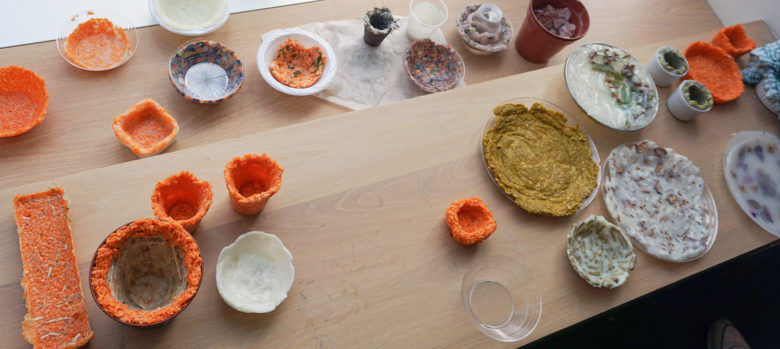Bio-plastic workshop at the Design Museum Brad Turner. January 2, 2018.
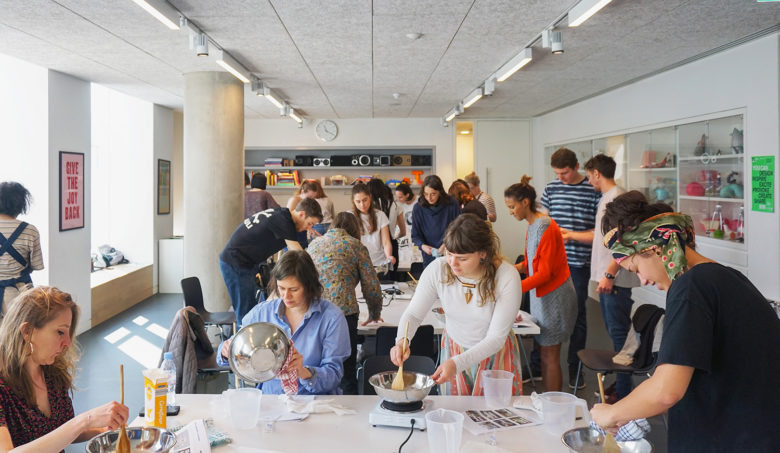
This summer we’ve been indulging our love of materials and making by running DIY bio-plastic workshops. Our biggest to date was held at the Design Museum, in which 20 participants, from product designers to astrophysicists, came along to make their own bio-plastics.
During the workshop attendees were taught to make their own bio-plastic materials from ingredients commonly found in kitchen cupboards. This plastic was then used as the binding resin for other natural ingredients – twigs, sawdust, coffee grounds etc – combining them to produce a bio-composite material.
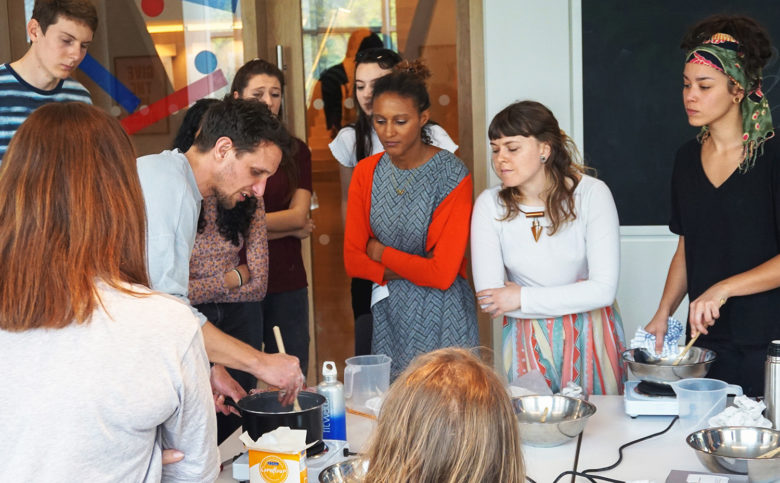
These natural materials took on the roles of ‘reinforcement’, ‘fillers’ and ‘additives’ in the composite, providing additional strength, reducing the amount of plastic material needed and giving the composite additional desirable properties, such as colour or smell. Finally, the bio-composites were moulded into simple objects, bowls, plates and containers using basic compression moulding techniques.
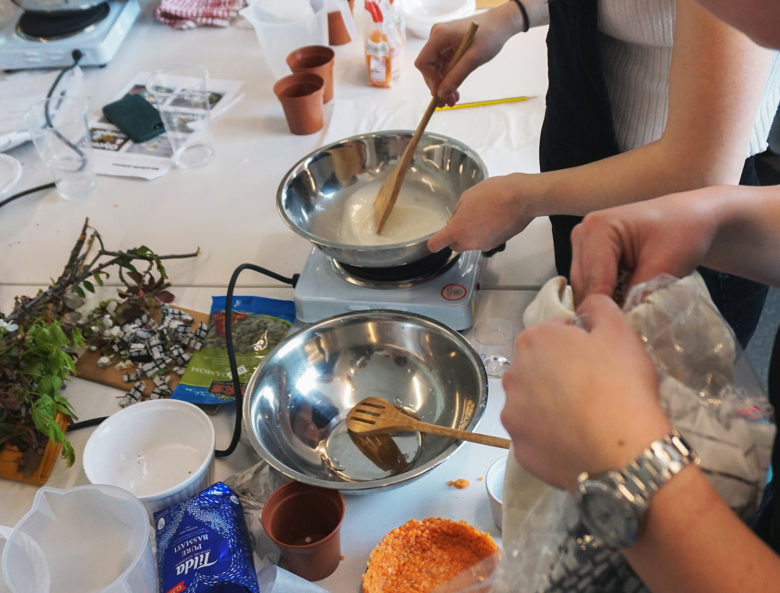
Lentil tubs, sawdust bowls and reclaimed paper plates were all produced, making beautiful objects that are environmentally benign. The objects are low-impact to produce, will last for years and can be safely composted to return the nutrients back to the biological cycle at the end of their life. In most cases the objects are so harmless they’re edible – although we wouldn’t recommend it as we don’t think they’ll taste too good!
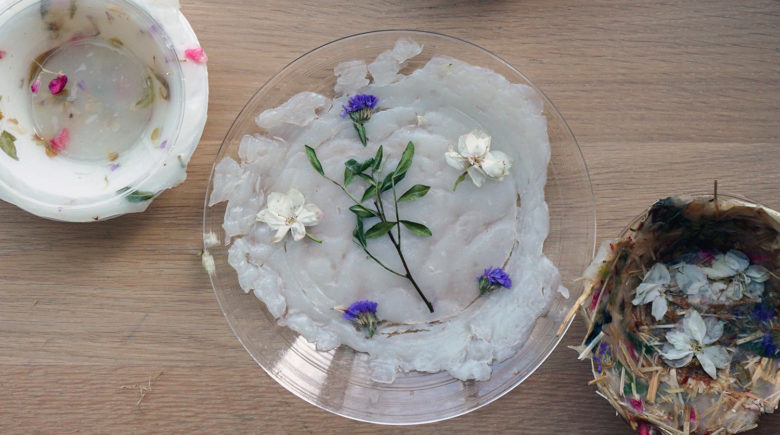
The plastic produced was a corn starch-based polymer that is compostable at the end of its life, though it should be noted it is possible to produce bio-plastics that will not biodegrade if desired.
We hope the workshop also taught the participants that engaging with materials hands-on is often the most effective and satisfying way to learn about them!
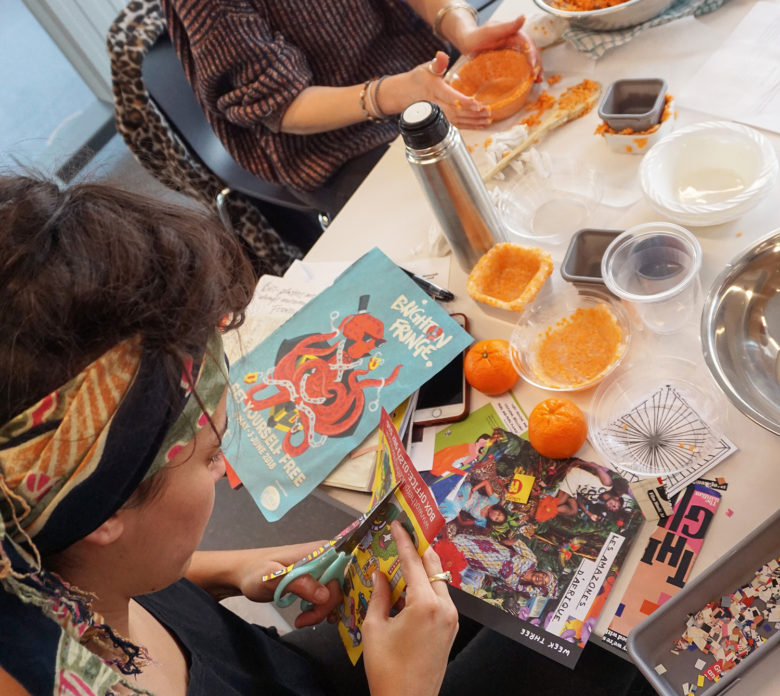
Why bio-plastics?
From turtles with bellies full of carrier bags and oceanic garbage patch islands to the cladding of Grenfell tower – its been a tough few years for plastic’s PR department. Plastics have become one of the most chastised materials on account of their environmental villainy. However, Materials Council would like to stand up in their defence! We think it’s important to remember that plastics are a modern marvel that revolutionised the way in which we make things and, by extension, the way we live – more often than not for the better.
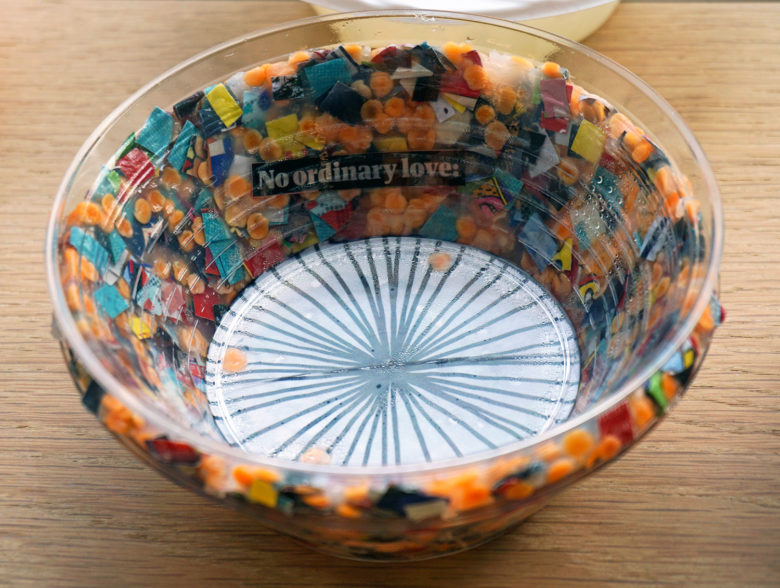
Undoubtedly there are significant problems with plastics that must be addressed, particularly during their creation and attempted disposal. When making plastic we take finite raw materials, use non-renewable fossil fuels and release large volumes of CO2 into the atmosphere. When we throw plastic ‘away’, it doesn’t go away, but instead persists in the environment for thousands of years. And we’re also becoming increasingly aware of the pervasive nature of plastic micro-fibre pollution created throughout the life of plastic materials, with fibres and particles being found in significant quantities at the most remote locations on Earth.
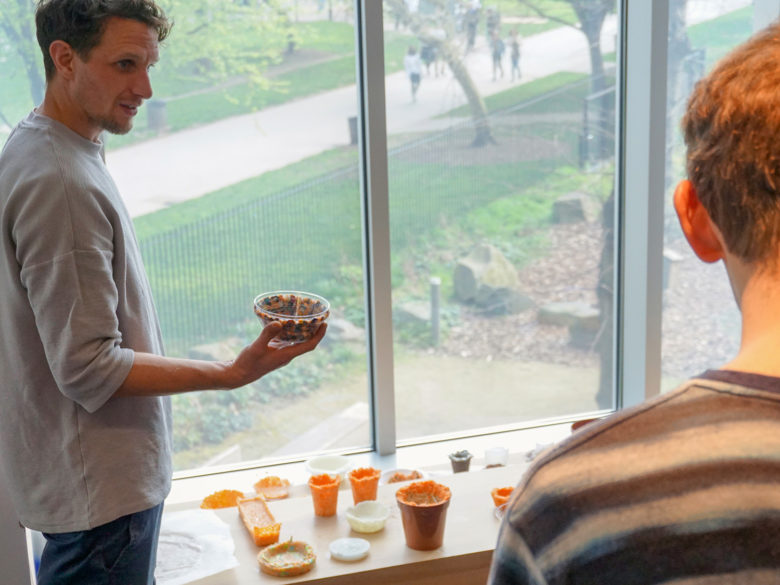
Plastics produced from renewable, natural resources offer part of the solution to these problems. This is something we’re keen to raise awareness of and encourage their adoption by manufacturers, designers and consumers.
